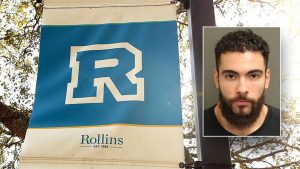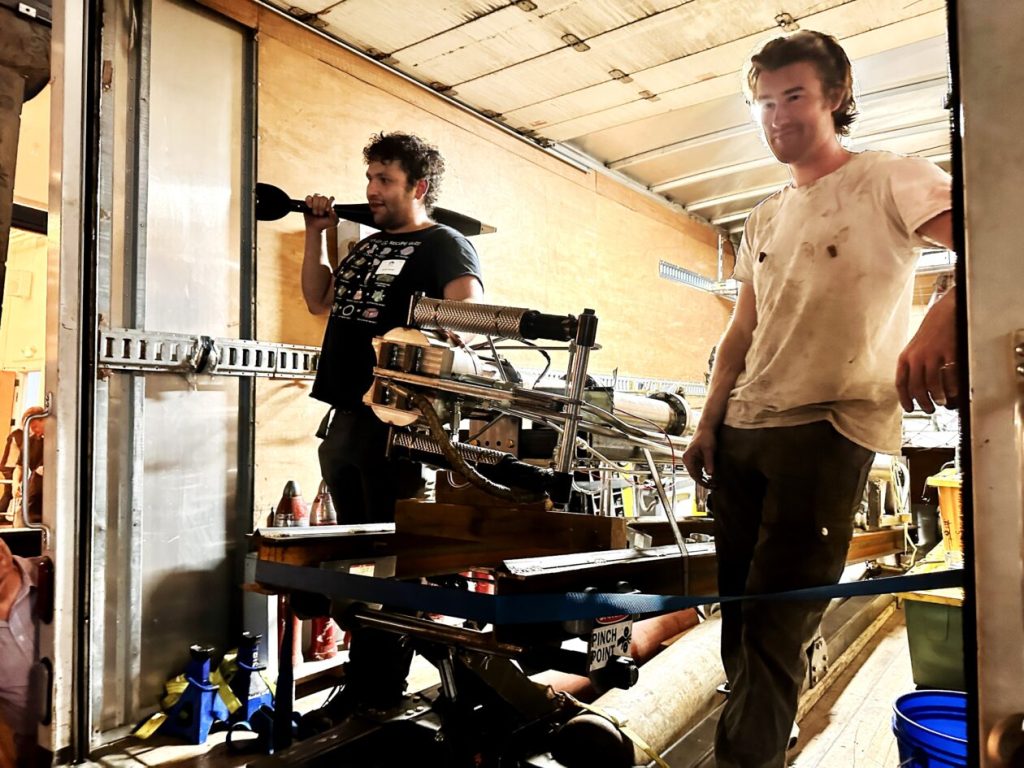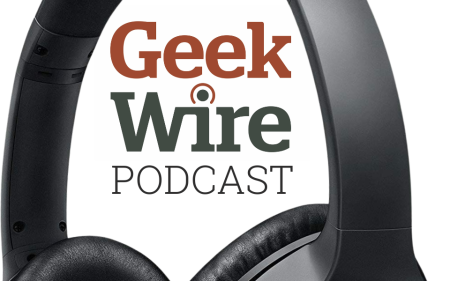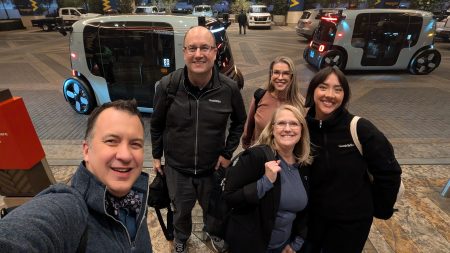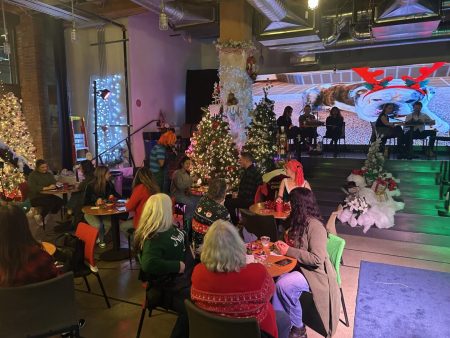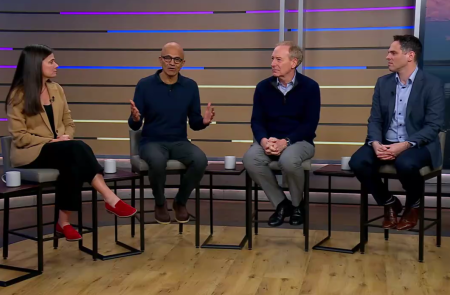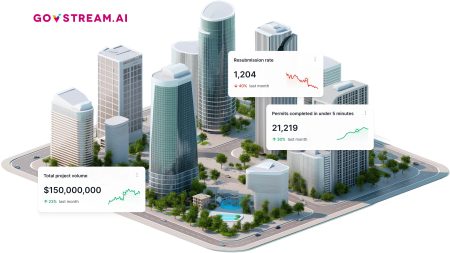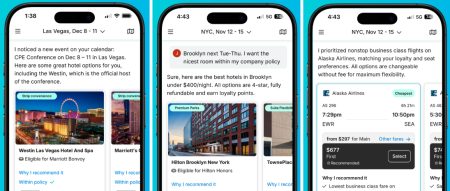Seattle Space Week Showcases Innovative Technology and Regional Space Ambitions
In the heart of Seattle’s historic Pioneer Square, Space Week 2025 brought together a unique blend of entrepreneurial spirit, technological innovation, and future-focused vision for the Pacific Northwest’s growing space sector. Unlike typical tech gatherings, this event featured something truly extraordinary: a military-grade Jet Gun demonstration that captured the imagination of attendees and symbolized the region’s bold ambitions in space technology.
The most eye-catching moment came when Wave Motion Launch Corp. parked a box truck outside the Pioneer Building during Monday’s opening session. Co-founders Finn van Donkelaar (CEO) and James Penna (COO) proudly showcased their prototype jet blaster being tested for the U.S. Army. This 10-foot steampunk-style contraption uses concentrated blasts of gas and small particles to propel projectiles at hypersonic speeds. What makes this technology revolutionary is its efficiency – Wave Motion claims their barrel-less blaster could be up to 100 times more compact than conventional rockets or cannons with equivalent power. “In the orbital prototype, it’ll be a greater than Mach 20 stream of hellish steel and fire, extending for tens of kilometers through the atmosphere,” Penna explained to the fascinated sidewalk crowd. Founded in 2020, the Everett-based startup has already secured significant military funding, including a $1.35 million award from the U.S. Navy in 2022 and a $1.6 million Army contract in 2024, positioning it as a pioneer in this novel propulsion technology.
The week-long event highlighted Washington state’s ambitious goals for its space economy. Space Northwest co-founder Sean McClinton shared the industry group’s vision to increase the state’s annual space sector economic activity from $4.6 billion to an impressive $40 billion by 2040. This growth strategy includes fostering 90 new space startups in the next decade – more than double the 40 created in the previous ten years. Governor Bob Ferguson formally recognized the event with an official proclamation, signaling the state government’s support for this growing industry. Joe Nguyen, director of the Washington State Department of Commerce, emphasized the urgency of supporting the space sector, noting the fierce competition from other states and countries. “This is really how we can make government an ally rather than an obstacle for the work that is being done,” Nguyen stated, outlining a supportive approach to nurturing the industry’s growth.
State officials outlined several practical approaches to support the burgeoning space sector, focusing on infrastructure rather than direct financial incentives. Nguyen highlighted priorities including streamlining permitting processes for manufacturing facilities and test sites, fostering research partnerships between universities and companies, and developing clean energy resources. While acknowledging that Boeing-style tax incentives were unlikely, he pointed to infrastructure development as a key form of support: “We’ve identified 21 key projects that we believe can make it in time for the IRA [Inflation Reduction Act funding] and be able to develop seven gigawatts of energy for our communities here… We can do that exact same thing for the space economy.” This practical approach aims to create an ecosystem where space companies can thrive without direct subsidies.
Business representatives at the event identified several critical needs for strengthening Washington’s competitive position in the space industry. Access to testing facilities emerged as a significant challenge for startups, prompting Marcy Mabry, CEO of Seattle-based SpaceLaunch, to propose creating a database of testing resources to facilitate cooperation within the industry. Education and workforce development also featured prominently on the industry’s wish list. The region’s high cost of living was identified as a major obstacle by Nicole Brown, senior mission manager at Tukwila-based Starfish Space, who noted: “It’s very expensive here, and when you’re trying to recruit talent to come, even people who would really love to live here have to think twice.” Brown explained that while space companies offer exciting missions that attract passionate talent, they often struggle to match the compensation packages offered by other technology firms in the area.
Seattle Space Week concluded with a combination of business development and community building – a startup pitch session at the Pioneer Building followed by Space Week Karaoke at Golden Roosters in Pioneer Square. This blend of serious business development and lighthearted networking exemplifies the space industry’s approach to building a community that can achieve ambitious goals. As the event wrapped up, participants left with clearer understanding of both the challenges and opportunities facing Washington’s space sector. The week served as a powerful reminder that while the road to becoming a $40 billion industry will require overcoming significant hurdles in infrastructure, workforce development, and regional competition, the foundation of innovation – exemplified by companies like Wave Motion – is already firmly in place. The future of space in the Pacific Northwest appears bright, driven by a combination of technological ingenuity, entrepreneurial spirit, and increasing government support.
